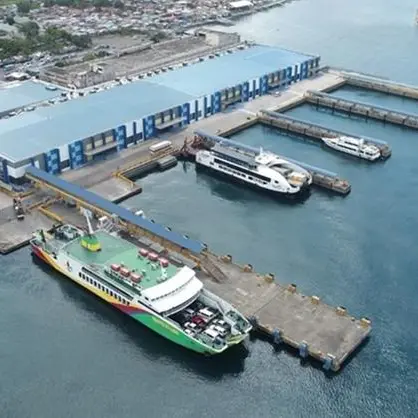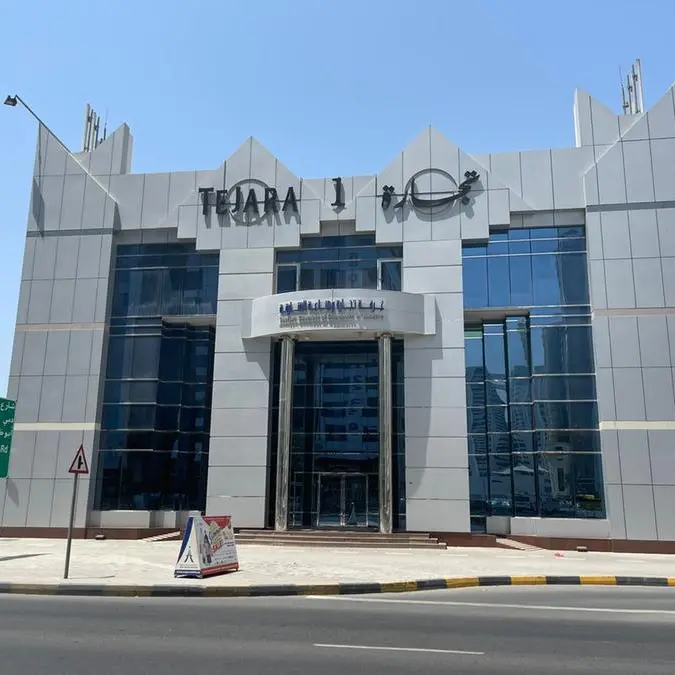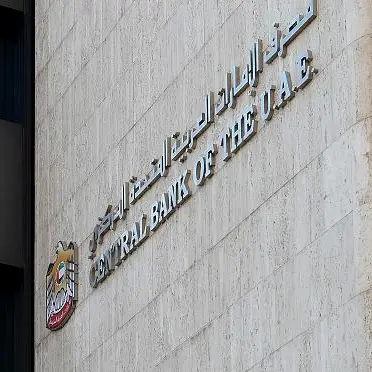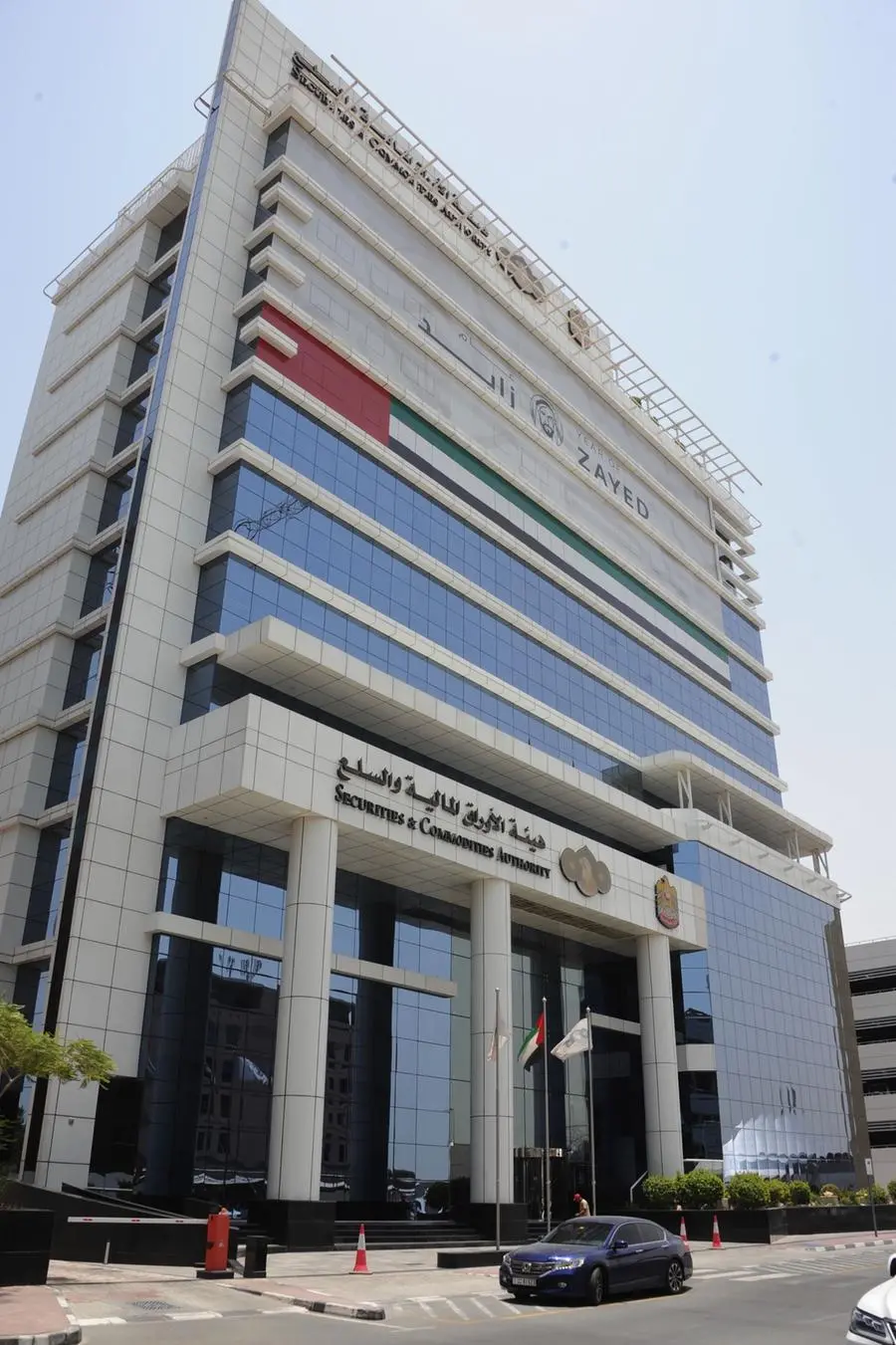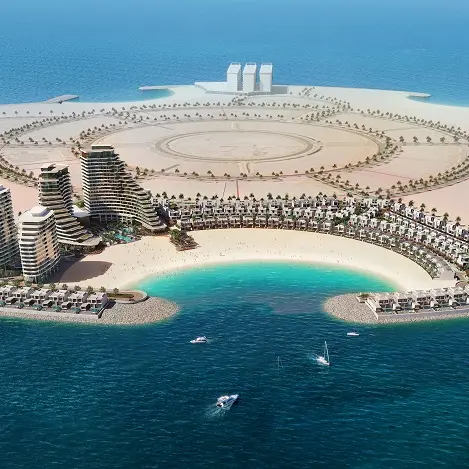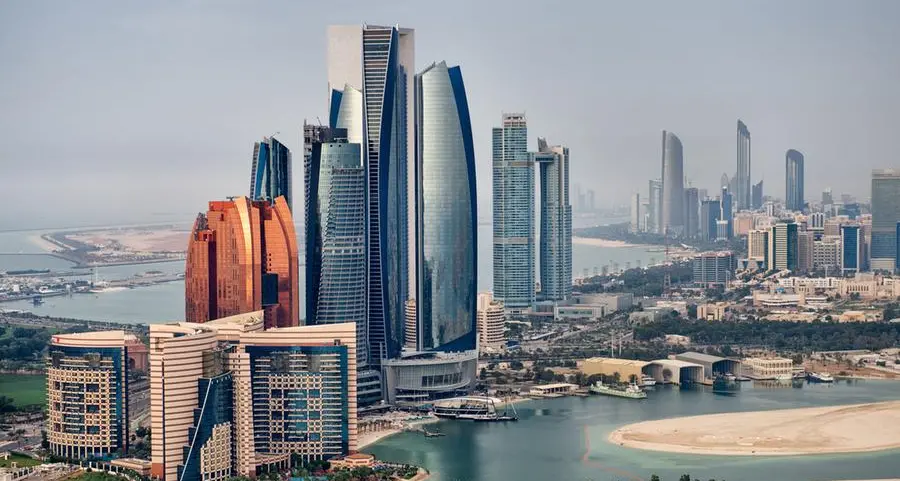The new expansion of Bahrain International Airport builds on a 94-year history of being the region’s first airport and aviation hub.
The Arabian Gulf’s oldest international airport can trace its roots to August 1927 when a de Havilland plane from Baghdad, chartered by a Bahrain pearl merchant, landed in Juffair, after an overnight stop in Basra.
“There was no landing facility or air traffic to help the pilot find the runway and land,” retired Gulf Air captain and aviation expert Ameen Budagher explained, during an interview with the GDN.
“Records indicate that the wheels would get stuck in the mud there, which meant that the authorities had to find an alternate location. Sakhir was considered but deemed too dusty and finally, it found a home in Muharraq, which is where the airport has been since.”
Imperial Airways, the forerunner of British Overseas Airways Corporation (BOAC) and today’s British Airways, continued to fly several flights through the region to prove the viability of an air route.
The first scheduled commercial flight landed in October 1932 en route from London to Delhi, carrying 24 passengers, flying at breakneck speeds like 100mph (160 kph).
The Handley Page HP-42, named ‘Hannibal’, required frequent refuelling stops and overnight stays in hotels for passengers, since it could only fly during the day due to practically zero visibility after dark.
The plane soon become the standard long-haul aircraft for Imperial Airways and was used on the route between the UK and India after the airline began scheduled services via Basrah, Bahrain and Sharjah, with Kuwait added soon after as an optional calling point.
In 1936, the operation stepped up to a semi-weekly frequency.
A year later, flying boats became the pearls of the sea and sky and the popular Short Empire seaplanes started operating regularly landing on the stretch of water between Mina Salman and where the Marina Club is now located.
A passenger terminal soon opened, called the ‘Bahrein’ Marine Airport (the spelling of Bahrain had not been standardised yet).
Passengers were ferried from the airport to the aircraft.
Seaplane routes to Bahrain continued through the Second World War into the early 1950s, with BOAC operating weekly services to Karachi, Singapore and Hong Kong, and three flights a week to Sydney.
By 1950, the BOAC resumed commercial passenger flights to Muharraq since traditional aircraft offered a larger capacity than their aquatic cousins.
Argonaut four-engine airplanes, each carrying up to 60 passengers started flying to and from Europe, with up to three services a week from the continent to Bahrain.
1950 was also the year that the Gulf Aviation Company was registered, growing from a second-hand Anson Mark II, growing to a fleet of four de Havilland DH.86B four-engine biplanes and four DC-3 aircraft, within two years. In 1951, the BOAC became a majority shareholder in the company with a 22 per cent holding.
Meanwhile, Bahrain’s position as the Gulf’s aviation and an international staging post was solidified, with the most modern and advanced airport in the region with a well-built runway, control tower, lighting, communications facilities and restaurants, attracting carriers such as Middle East Airlines, Air India, Air Ceylon and Iran Airways.
In 1954, a new Flight Information Region was established, with Bahrain at its centre, covering the navigation of aircraft throughout the Gulf’s airspace. This meant modernised navigational and communications equipment, which was followed by the arrival of the Comet and the Boeing 707, bringing the country into the jet age.
“I vividly remember the first time my father took me to the airport, when I was just five,” Mr Budagher reminisced.
“We flew to Doha and I was immediately fascinated with the experience of soaring into the clouds and this sparked my interest in a career in aviation.”
In recognition of his illustrious career in aviation and his service as a Gulf Air captain, Mr Budagher recently took the prestigious British Livery of the Honourable Company of Air Pilots, in addition to his fellowship at the Royal Aeronautical Society.
The jet age meant that fewer stops would be needed on long-haul routes, making Bahrain the major stop-over point between Europe and Asia.
With transit traffic growing exponentially, a new passenger terminal was opened in December 1961, followed by yet another expansion in December 1971.
The 1971 expansion created an apron area accommodating four Boeing 747 aircraft and cost BD4 million at the time. For comparison, the total revenue of the State of Bahrain at the time was BD13m.
The investment quickly paid dividends as Qantas, Air India and Singapore Airlines all began to use the airport as their transit stop of choice. This also placed added strain on the airport and within five years, a further expansion was completed.
Meanwhile, in 1973, the BOAC stake in Gulf Aviation was bought out and the company came to be equally owned by Bahrain, Qatar, Abu Dhabi and Oman, with the new airline operating under the new brand of Gulf Air.’
“The Gulf Air flights then were referred to by the call sign alpha four oh (A4O), The A stood for Arab, 4 represented the number of countries that owned the airline and O signified Oman, which was often the terminal point for flights,” Mr Budagher added.
Three years later, in another historic first, the airport undertook supersonic flights, with a regular British Airways Concorde flying regularly from London to Bahrain.
This was also the time that Gulf Air took delivery of its first Lockheed Tri-Star aircraft, evolving from a regional airline to an international one.
As the region enjoyed newfound oil wealth, air traffic continued to grow, heralding the need for another terminal.
The $100m (BD37.7m) terminal was inaugurated in 1994, expanding the capacity of the airport to 10m passengers a year.
Since the expansion, the traffic grew almost every year, sometimes by as much as 20 per cent in a single year. From 2005 to 2019, annual passenger traffic grew from 5.5m to 9.6m.
Of this, Dubai is the most popular, with 132 flights scheduled per week. Last year saw a significant decline in traffic due to the Covid-19 pandemic, but the future looks bright, according to stalwarts of the industry.
“Bahrain provides an executive airport experience – while we may be a bit smaller than others in the region, this is actually an advantage, as the lines are shorter and the passenger service is top-notch, while of course, providing an international reach,” Mr Budagher explained.
“The airport has always reflected Bahrain’s welcoming personality and the efficiency of the teams at the airport is second to none.
“With the new terminal, the country is taking the right steps towards His Majesty King Hamad’s Economic Vision 2030 and the new airport reflects His Majesty’s futuristic vision for the development of the kingdom.”
© Copyright 2020 www.gdnonline.com
Copyright 2021 Al Hilal Publishing and Marketing Group Provided by SyndiGate Media Inc. (Syndigate.info).
